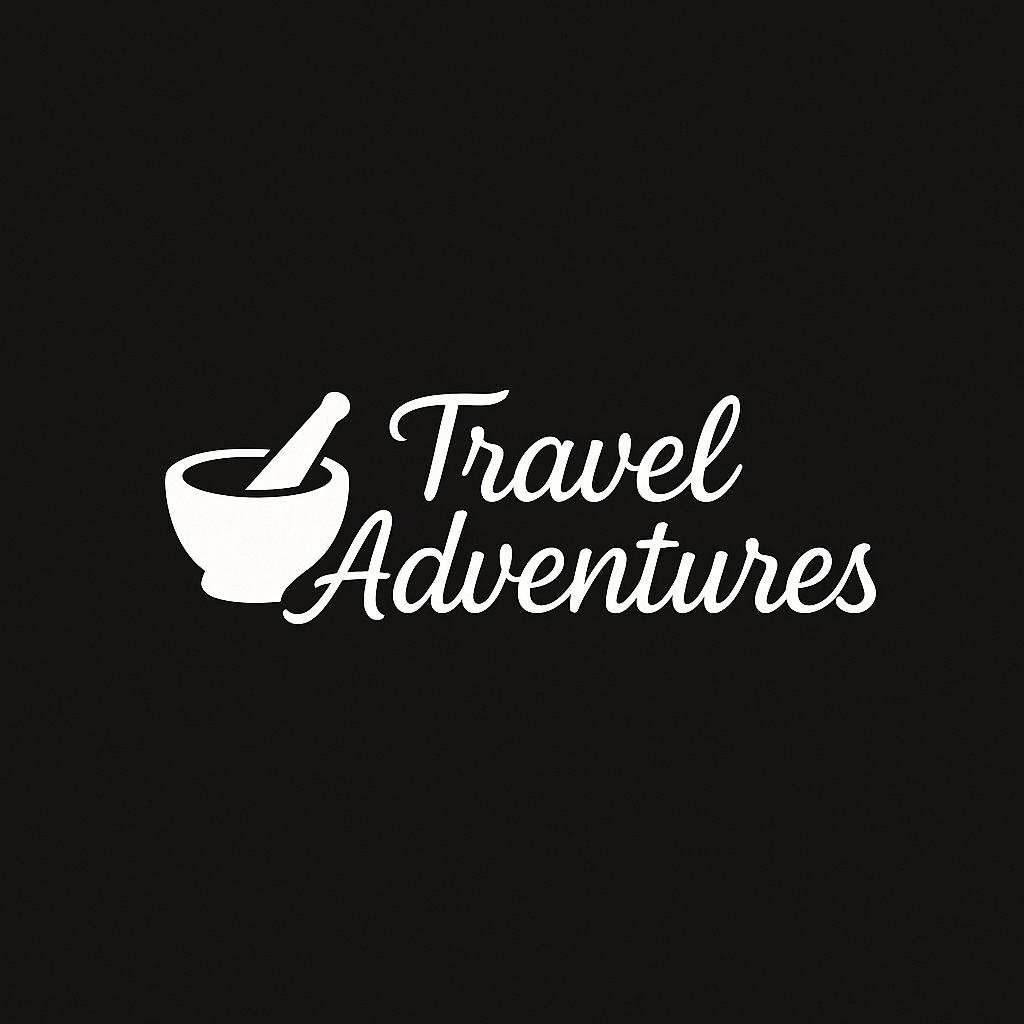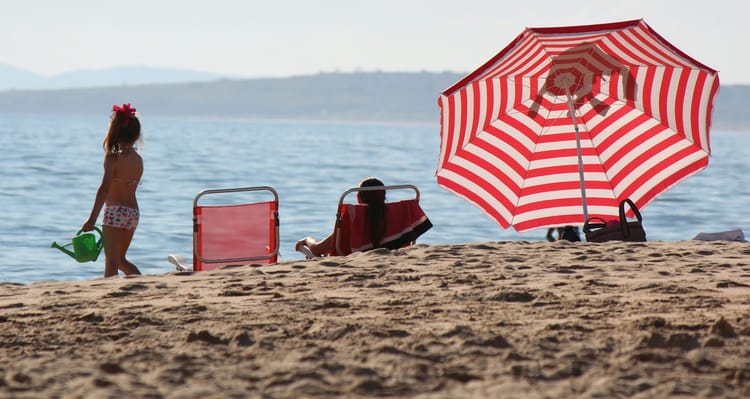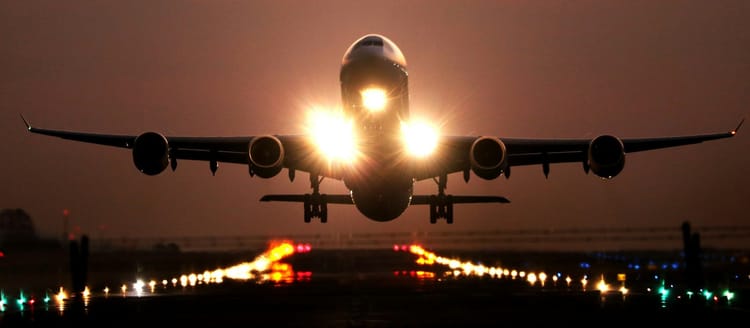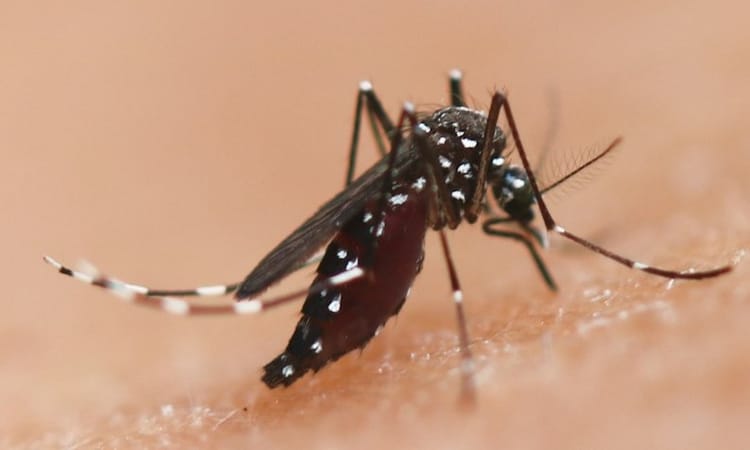Traveling with a CPAP Machine: The Complete No-Stress Travel Guide for Sleep Apnea Users

Traveling with a CPAP machine doesn’t have to be stressful. Whether you’re flying, road-tripping, or going off-grid, smart planning makes all the difference. In this CPAP travel guide, we’ll show you how to pack your machine, get through airport security, power it anywhere, and sleep well no matter where you are.
🧳 CPAP Travel Prep Checklist
Before you pack your bags, run through this CPAP travel checklist:
- Call your airline – Notify them you're bringing a CPAP machine. It's a medical device and doesn’t count against your carry-on limit.
- Label your equipment – Attach a “medical device” tag to help TSA and airline staff recognize it quickly.
- Check voltage compatibility – Most CPAPs are dual-voltage. If traveling internationally, bring the correct plug adapter.
- Bring distilled water – TSA allows medically necessary liquids. Pack small bottles or buy at your destination.
- Pack extra CPAP supplies – Bring backup filters, tubing, mask cushions, and a small repair kit in case something breaks.
✈️ Flying with a CPAP: TSA & Airplane Tips
Flying with a CPAP machine? Here’s how to do it right:
- Always carry it on – Never check your CPAP. It’s fragile and you might need it during a delay or layover.
- TSA screening for CPAPs – Place it in a clear plastic bag. Agents may swab it, so keeping it clean helps.
- Using your CPAP on the plane – Long-haul flyer? Ask the airline about in-flight CPAP use and seat power availability. Bring an FAA-approved battery just in case.
🛏 Using Your CPAP in Hotels, Hostels & Lodges
Even the best hotels can have poor outlet placement. Here's how to set up your CPAP comfortably:
- Request a bedside outlet – Mention it during booking, especially for older hotels or motels.
- Bring a travel power strip – A compact extension cord can save your night if outlets are scarce.
- Opt for private rooms – In hostels, privacy helps you sleep better and manage your CPAP discreetly.
- Dry your mask nightly – Especially in humid climates. Hang it near a fan or window to air dry.
🔋 Powering Your CPAP Off the Grid
Camping or heading somewhere remote? Here’s how to power your CPAP without a standard outlet:
- Buy a portable CPAP battery – Make sure it’s compatible with your model and FAA-approved for flights.
- Use solar panels – Some batteries can recharge via solar, great for extended off-grid travel.
- Bring the right adapters – Especially for international trips or non-standard power sources.
Pro Tip: Always choose accessories recommended by your CPAP manufacturer for safety and compatibility.
🌡 CPAP Use in Humid, Dusty, or High-Altitude Environments
Different environments can affect how your machine works:
- Humidity: Adjust your CPAP’s humidity settings or disable the humidifier in very humid locations. You should not use the humidity function while sleeping on the plane. Turbulence may cause water spillage from the water tank and damage your machine.
- Dusty or rural areas: Clean your filters daily. Store your machine in a sealed container or bag when not in use.
- High altitudes: Most modern CPAPs auto-adjust. Check your user manual for confirmation.
🩺 Sleep Apnea Travel Health Tips
Stay safe and rested with these smart sleep apnea travel tips:
- Plan for the unexpected – Have a backup sleep plan in case your machine is lost or delayed.
- Bring a doctor’s note – Helpful for TSA agents, border customs, or international situations.
- Keep medications in your carry-on – Always pack anything related to sleep apnea or sleep support with you.
- Stick to your sleep routine – Even across time zones, try to maintain consistent sleep habits.
🌍 CPAP-Friendly Places to Stay
When choosing where to stay, look for properties with:
- Power reliability and medical device accommodation
- Private rooms with bedside outlets
- Backup generators in rural or off-grid areas
📦 Best CPAP Travel Accessories to Pack
These CPAP travel accessories make life easier:
- Travel-size distilled water packs
- Unscented CPAP mask wipes
- Compact hard-shell CPAP case
- Spare filters in a sealed bag
- CPAP hose clips for easy tubing control
- Extension cord or outlet cube
- Doctor’s note + prescription in a TSA-friendly pouch
- Travel pillow designed for CPAP users
🧭 Final Takeaway: CPAP Travel Doesn’t Have to Be Hard
You can travel with sleep apnea and enjoy every minute. With the right CPAP travel gear, smart planning, and a solid routine, you'll sleep just as well on the road as you do at home.
Ready to Plan Your Own Adventure?
We’ve made it easy by rounding up the same trusted tools we use to book flights, stays, insurance, and activities. Whether you're chasing waterfalls in Ecuador or relaxing in a cabin, these resources have you covered.
Plan Your Trip with Our Trusted Travel Tools
Compare Flights
→ Kiwi.com
→ Trip.com
Book Budget Stays
→ Hostelworld
→ Agoda
Protect Your Trip
→ Klook (Travel Insurance & eSIM)
Find Rentals
→ Economybookings
Explore Activities
→ Viator
→ GetYourGuide
→ Go City
Arrange Transfers
→ Welcome Pickups
Plan Your Route
→ Tripadvisor
This post contains affiliate links. If you book or buy through them, we may earn a small commission — at no extra cost to you. As an Amazon Associate, we earn from qualifying purchases. Thanks for supporting the blog — it keeps the adventures coming!





